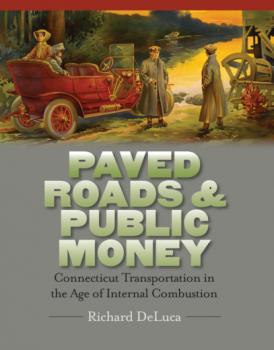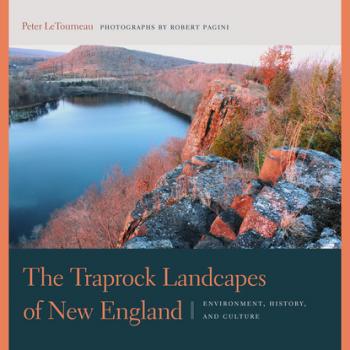ТОП просматриваемых книг сайта:
The Driftless Connecticut Series & Garnet Books
Скачать книги из серии The Driftless Connecticut Series & Garnet BooksАннотация
<P>Paved Roads & Public Money describes the evolution of transportation systems in modern Connecticut. It is the second book in a two-volume study that begins with the bicycle craze of the 1880s, and ends with the efforts of the Malloy and Lamont administrations to revitalize Connecticut transportation in the twenty-first century. The story includes aviation, highways, bridges, ferries, steamboats, canals, railroads, electric trolleys, and water ports in Connecticut and along the multi-state travel corridor from New York to Boston. Drawing on a wide array of primary material, Richard DeLuca examines how land, law, and technology have shaped the state and its transportation systems, giving special attention to the state's two largest transportation monopolies: the New Haven Railroad and the Connecticut Department of Transportation. The book focuses on key events in the development of transportation and legislation. It is arranged chronologically, and by highlighting themes from each period shows the implications of the state's transportation history on current debates about infrastructure and funding. It features 50 illustrations and three appendices: population by geomorphic region, a list of controlled access highways, and a list of notable highway bridges.</P>
The Traprock Landscapes of New England - Peter M. LeTourneau
The Driftless Connecticut Series & Garnet BooksАннотация
<P>Stunning photography and fact-filled text reveal new perspectives on southern New England's most unique natural region. A picturesque journey through the traprock highlands from New Haven, Connecticut to Amherst, Massachusetts, this book captures the majesty of wild windswept cliffs, panoramic summit vistas, and intimate details of the natural world through the eyes of an artist and the mind of a scientist. By tracing the influence of natural history on cultural development in the Connecticut Valley, the authors present a compelling argument that the rocky highlands are landscapes of national significance, where the particular combination of geology, geography, water resources, climate, and human settlement fostered vital developments in Early American science, education, agriculture, manufacturing, technology, and the creative arts. Through vibrant color photographs of high alpine crags and lush forests, thundering waterfalls and splashing cascades, and close-up views of the rocks, flowers, and birds, The Traprock Landscapes of New England presents the incomparable beauty of the region as never before. Overflowing with information, long-time fans, first-time visitors, nature lovers, rock climbers, history buffs, land use managers, and many others will find plenty to satisfy in the detailed text and captions, crisp photos, historical images, informative maps, and more. Showcasing popular locales, and revealing «secret spots,» this must-have resource will encourage old friends and newcomers alike to visit the rugged crags once called «the boldest and most beautiful» landscapes in New England.</P>


